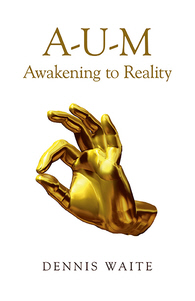Q: Can Advaitins explain how Maya can be an attribute of the supposedly attributeless Brahman? (Quora)
A (Martin): Maya is not an attribute of Brahman which, as you say, is attributeless. Maya is a diffuse, or polyvalent, concept that gives rise to much confusion, particularly when translating it as ‘illusion’
This concept can be viewed from psychological, epistemological, and ontological perspectives. Purely from the standpoint of Shankara’s Advaita Vedanta, Maya is tied in with the concept of ‘ignorance’ (avidya), which is prior to it; that is, avidya is the necessary condition for Maya. Once ignorance is annihilated by knowledge, Maya disappears. That means that from the higher (of two) points of view, Maya does not exist. This is contrary to most post-Shankara authors, with the exception of Suresvara, who taught that Maya is a positive entity or force. If that were the case, how could a positive entity be removed by knowledge? Swami Satchidanandendra, practically alone in the 20th Cent., has defended the former, Shankarian position.
Maya can also be viewed as the power or energy of Brahman to create the world, and etymologically the word comes from ‘magic/magician’. But note that the (phenomenal) world is not a pure illusion, as stated above, but mithya (‘provisionally’ real)
Q: Why was the creation needed if Brahman alone existed?
A (Martin): ‘Brahman alone is real. The world is appearance.The world is not other than Brahman’ (one of the ‘great sayings’ or mahavakya).
Q: What is Ishwara?
A (Martin): Ishvara is Brahman considered as creator and ‘personal’ by those who need or are proclive to a devotional relationship (creator/creature). It is also known as ‘saguna brahman’ (Brahman with attributes), as (apparently) different from ‘nirguna Brahman’.

